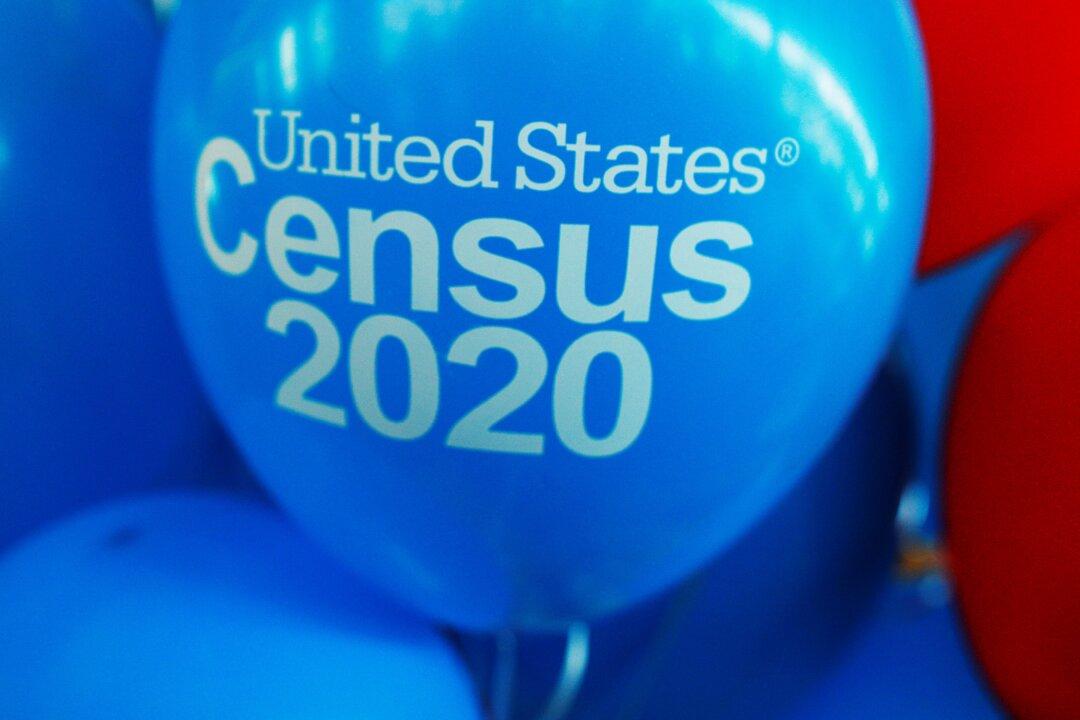The Justice Department announced on July 7 that it will change the team of lawyers who have been defending the Trump administration’s bid to reinstate the citizenship question on the U.S. Census.
Spokeswoman Kerri Kupec didn’t give a reason for the change. An official at the department said the new team would be a mix of career and political appointees, including lawyers who work in the consumer protection branch.





